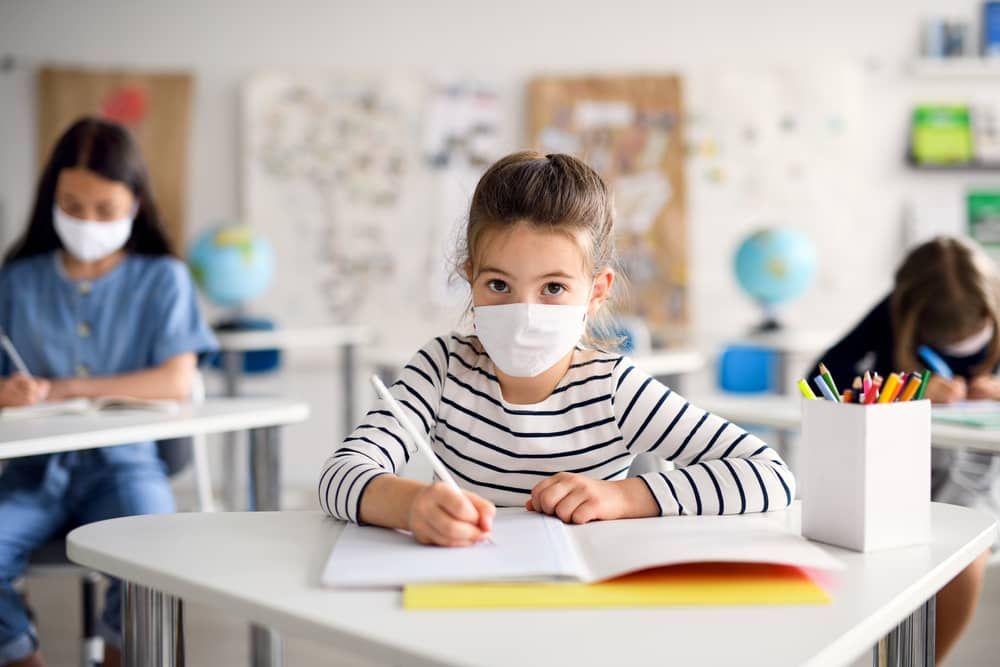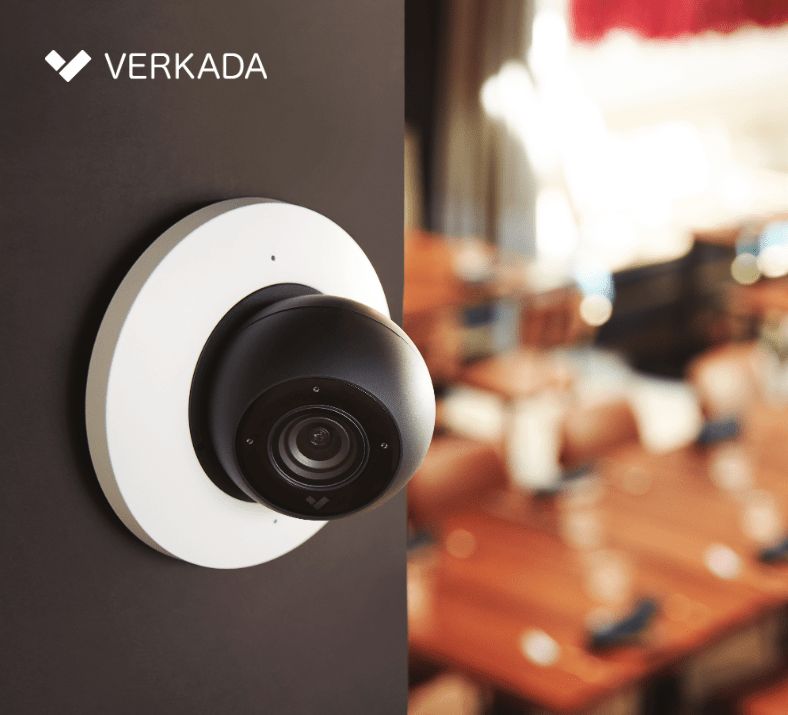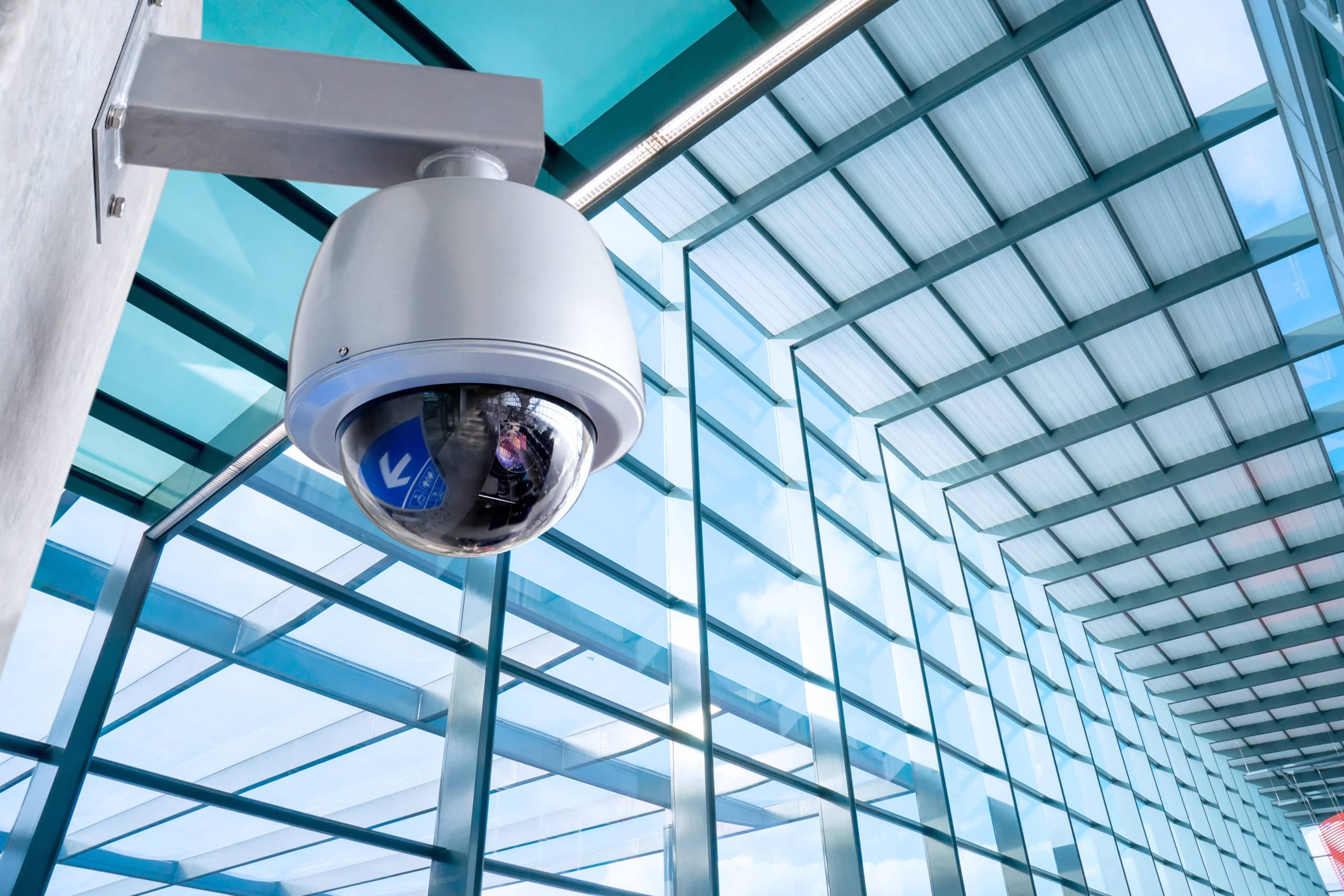Is Your School’s Network Ready to Return to Full Student Capacity?
With some states announcing plans for full in-person learning this fall, it’s time for schools to consider whether their networks and technologies...
3 min read
Tony Ridzyowski : Jul 22, 2020 9:12:42 AM
Contact tracing can help businesses adapt to the “new normal” by minimizing the chances of a COVID-19 outbreak when your employees resume in-person operations.
In light of the COVID-19 pandemic, organizations across industries are being forced to adjust to the “new normal” in order to resume business. For companies returning to in-person workspaces to carry out business-critical operations, the unprecedented circumstances call for new ways to best maintain employee health and safety.
To address this challenge head-on, many businesses are turning to technological solutions to protect their employees while moving away from a remote workforce model.
As businesses move back into physical offices and workplaces, there are a number of steps they can take to help prevent and manage coronavirus outbreaks. In particular, measures like contact tracing are gaining traction worldwide to help uphold worker health and safety standards.
Contact tracing is a straightforward process in theory, but requires powerful technological capabilities in practice. Contact tracing begins when a person tests positive for the coronavirus. From there, it involves tracking down that person’s contacts (anyone who might have been exposed to the virus via contact with the infected person) and asking them to self-quarantine or isolate to ensure they don’t spread the virus further.
Successful contact tracing relies on quick identification of a person’s contacts so they can be informed that they might be contagious as soon as possible. Rapid contact tracing is especially critical with COVID-19, as studies have shown that many carriers are entirely asymptomatic. Even in the case of symptomatic individuals, the virus can be contagious for 48 to 72 hours before the symptoms ever present themselves.
Other proactive measures like social distancing and heatmap analysis can also help businesses reduce the likelihood of significant coronavirus outbreaks. Given that COVID-19 is primarily spread when a person breathes in the droplets produced when an infected person sneezes or coughs, utilizing masks and maintaining at least six feet of distance between employees can reduce the likelihood of the virus spreading.
Because the virus can remain on surfaces long after the infected person has left a space, it’s also more important than ever to implement a regular and rigorous cleaning schedule in the workplace. Heatmaps can help highlight which areas of a workplace have higher levels of traffic so that businesses can implement a more appropriate cleaning schedule accordingly.
While there are a wide variety of measures that businesses can take to help keep their employees safe from COVID-19, implementing these health and safety practices can prove challenging. Luckily, many security technology companies — including TTI partners Verkada and Aruba — have been rolling out new capabilities that make it much easier to manage practices like social distancing and contact tracing in the workplace.
For instance, Verkada has released a range of new security camera features designed to help businesses reopen physical locations safely. Their Face Search feature enables contact tracing by allowing users to quickly identify who their employees have interacted with in the workplace in the event of an outbreak. The use of People Heatmaps allows business owners to monitor social distancing and help determine optimal cleaning schedules that ensure the frequent disinfecting of high-traffic areas. Finally, the occupancy tracking capability uses camera footage to automatically count the number of people in frame, which means businesses can send out Crowd Notifications to instruct employees to disperse when necessary.
Aruba is also designing new ways their products can be used to support contact tracing efforts with location analytics. With the use of Wi-Fi and BLE, Aruba access points can collect and analyze user location data to help businesses quickly determine an infected person’s contacts and whereabouts. Smartphone application-based contact tracing often lacks the ability to provide detailed location context, and is limited by factors like phone battery and user adoption. By using access points and BLE instead, Aruba avoids these common pitfalls and provides a more accurate contact tracing solution.
These sophisticated technologies don’t only help encourage employee safety in the moment — they can also help businesses better understand how employees use spaces and interact with each other. Over time, this data can help businesses make informed long-term adjustments as we enter various phases of the pandemic.
Given the importance of employing effective contact tracing measures as businesses return to in-person workspaces, it is critical that the solutions you employ are implemented correctly. That’s where working with a partner like Turn-key Technologies, Inc. (TTI) can come in handy. With TTI’s managed services and robust physical security catalog, you can trust that your business is getting the most out of these solutions so your employees can get back to work in the safest way possible. Adjusting to realities of continuing business operations amidst a pandemic is a challenge — TTI is here to help make it easier.

With some states announcing plans for full in-person learning this fall, it’s time for schools to consider whether their networks and technologies...

Our new partnership with Verkada is bringing powerful, intuitive security solutions to our customers.

Security cameras are designed to keep your business safe — but what if they’re actually making you vulnerable to cyber attacks?